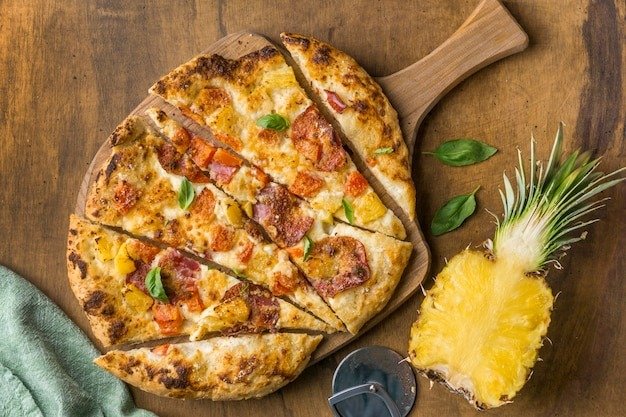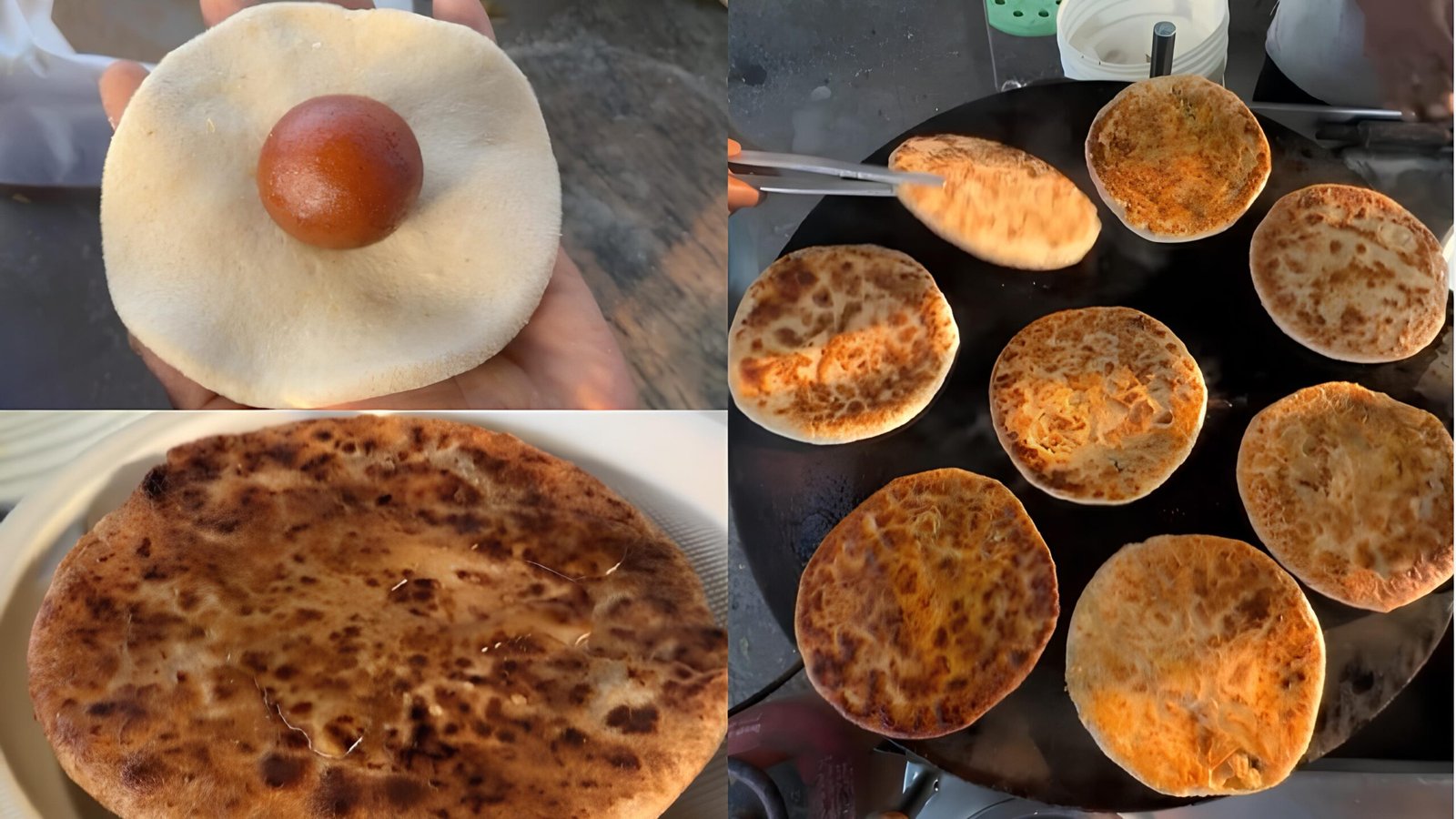A humble rant against unholy food pairings, with a little love for the pineapple pizza. I usually refrain from turning up my nose at any community’s food, because I genuinely believe that food and spices are a window into the history and culture of a people. But I draw the line at dishes that seem to exist solely as an assault on the senses—creations that have nothing to do with culinary tradition. Gulab jamun parathas or rasgulla sabzi fall in that category.
Don’t get me wrong, I’m all for innovation in the kitchen. Without it, we wouldn’t have French fries, baked Alaska, or even something as everyday as vada pav. But I do think innovation should have some taste in it. Pun fully intended.
This week, I’ve decided to list all the culinary eccentricities I’ve come across after seeing yet another video criticizing one of my favorite innovations, the Hawaiian pizza. Now, you either love pineapple on your pizza or you don’t. I fall firmly in the first camp. I enjoy how the sweet pineapple cuts through the sharpness of the cheese, the saltiness of the ham, and the spiciness of the pizza sauce. Yet, I know many who would rather go hungry than eat Hawaiian pizza.
It takes me back to a childhood appetizer I was once served at a friend of my parents’ house—cubes of cheese, pineapple, and olives skewered on toothpicks. The pineapple was the surprise element, and in a good way.
Hawaiian pizza was not invented in Hawaii. It was created in 1962 in Canada by a Greek-born chef named Sam Panopoulos. The name came from the brand of canned pineapple he used. And honestly, after trying the monstrosity that is Chicago’s deep-dish pizza, I’ll take Hawaiian any day.
In its own way, Hawaiian pizza reminds me of another oddball “delicacy”—the ”American chop suey, which my father adored. It is crispy noodles topped with a slightly sweet tomato-based vegetable sauce thickened with cornstarch. No Chinese person has likely ever eaten it, but it was a huge hit in the 80s and 90s.
That said, some food “innovations” truly baffle me. Case in point: Momo Pizza. I haven’t had the courage to order it, and I doubt I ever will. The photo alone was enough. Pizza slices were twisted at one edge around a single momo per slice. This was then baked, which means the momo covering was crisped up. Who is ordering this?
Now that I’ve mentioned momos, what in heaven’s name are Maggi momos? Who came up with it? This is not Maggi noodles cooked with momos in it. It’s quite the opposite—it’s momos filled with Maggi noodles. If the salt content doesn’t kill you, the carbohydrates and your dying senses surely will. Tandoori momos look so frightening, both as a concept and in their lurid red looks, you have to marvel at the people who order these.
There are, of course, combinations that I don’t understand, but others swear by. Malai cheeni toast is one of them. It’s India’s answer, and a vegetarian one at that, to the French toast. Thick slices of bread are slathered with butter and toasted, then topped with a thick layer of cream and sprinkled with sugar. Instant heart attack on toast.

I shouldn’t scoff, though, because Jamie Oliver—the chef who revolutionized school meals in the United Kingdom, wrote multiple cookbooks, hosted many more television shows, and has multitudinous restaurants in his name—recently put up a video of ice cream with extra virgin olive oil and sea salt! The sea salt I understand, but EVOO on ice cream?
And just after that, I saw a reel showing a mango-Coke float—mango pieces muddled in a glass and topped with Coke. Why?
My uncle used to relish having boiled rice with ghee and ketchup. So really, there’s no accounting for taste. And if the British—with all their stiff upper lips—can eat blood pudding and call it a delicacy, then why should rasgulla sabzi be singled out?



